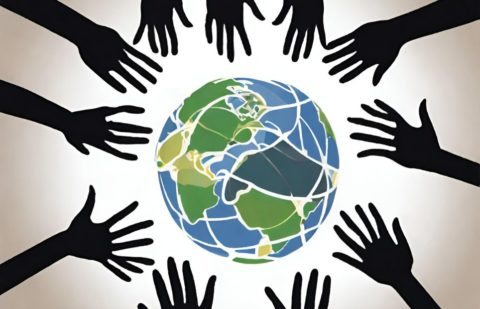Companies and multinational corporations operating in the global market require translation services for many aspects of their business. Marketing materials, websites, help forums, compliance documentation, technical handbooks, and human resource manuals all require language support. To meet demand, departments routinely contract with various translation service providers from around the world; however, in light of budget constraints and corporate belt-tightening, perhaps this isn’t the most sensible approach.
The independent market research firm Common Sense Advisory released new data that confirms the benefits of centralizing language services with one trusted provider. Using this approach can lead to decreased costs and faster times to market for greater volumes of translated material. The firm conducted a survey with 226 respondents at international companies that purchase translation services. In spite of global economic concerns, the majority of these firms reported that their translation spending had increased from 2010 to 2011.
Key findings in the report “Translation Performance Metrics” include:
- Translation costs are extremely small in comparison to the revenue they create. Virtually all companies noted that their translation costs fell well below 1% of total revenue.
- Key industries are spending more on translation services. Spending increased by more than ¼ in the financial services, health care, manufacturing and insurance sectors.
- The budget for translation services correlates to the size of the firm. The majority of companies anticipate an increase in their budget for translation services. Firms with revenue in excess of US $10 billion expect the highest percentage increase (31.1%).
- There’s an upward trend in project size and the number of languages. Large translation projects consisting of one million words or more increased across almost all industries. The organizations that participated in the survey estimated that ¼ of their projects would contain a million or more words by the year 2012. In 2009, projects of 10,000 words or less were translated into an average of 16 languages, with predictions for 2012 estimating some 20 different target languages.
For more information, visit Common Sense Advisory.







